When the first Russian missiles struck Ukrainian cities in February 2022, Western leaders responded with unprecedented unity. Weapons flowed across borders, sanctions packages targeted Moscow’s economy, and political rhetoric soared with talk of defending freedom against tyranny. Nearly three years later, that early fervor shows signs of strain. Budgets are stretched, ammunition stockpiles are thin, and in capitals from Washington to Warsaw, the question is quietly — and sometimes openly — being asked: how long can we keep this up?
This emerging “Ukraine fatigue” is not simply a matter of public opinion polls dipping or politicians growing distracted. It is the product of deeper political, economic, and strategic pressures that threaten to erode the cohesion of the Western response. If this trend continues, the implications for Ukraine’s battlefield prospects — and for the credibility of NATO and the European Union — could be profound.
The Arc from Unity to Uncertainty
The initial Western response to the invasion was nothing short of historic. NATO, long criticized as “brain dead” by some of its own leaders, found renewed purpose. Billions in aid were pledged, heavy weaponry was transferred, and sanctions isolated Russia from much of the global financial system. The moral and political clarity of the early months created a sense that the West had rediscovered its collective will.
Yet as the war has dragged on, the clarity has blurred. In the United States, a polarized Congress has turned Ukraine funding into a bargaining chip in domestic political battles. In Europe, energy shocks and inflation have forced governments to choose between sustaining military aid abroad and economic relief at home. Even in Poland — one of Ukraine’s staunchest supporters — recent trade disputes over Ukrainian grain exposed the fragility of what was assumed to be unconditional solidarity.
Economic and Political Strains
Military support is expensive, and so is cushioning the economic fallout of war. The United States has approved over $75 billion in aid to Ukraine, much of it military. European countries, collectively, have pledged even more when factoring in humanitarian and economic assistance. But these figures are not abstract — they translate into budget lines that must compete with domestic spending priorities.
Energy costs, though eased from their 2022 peaks, remain high in Europe, where governments have spent billions to shield households and industries from the shock of losing Russian gas. Inflation has eroded real incomes, feeding voter frustration. In democracies, economic hardship tends to shorten the public’s patience for foreign commitments, no matter how morally justified.
Politically, leaders face the challenge of maintaining bipartisan or cross-party consensus. In Washington, Ukraine funding has become entangled in debates over border security and government spending, with a vocal faction of lawmakers openly questioning the value of continued support. In Germany, Chancellor Olaf Scholz faces domestic critics who argue that the country is overextending itself militarily while neglecting internal challenges. In France and Italy, populist voices are gaining traction with calls to prioritize “national interest” over prolonged foreign entanglements.
Strategic Divergences Within the West
Beyond economics, there are emerging strategic disagreements about what victory in Ukraine should mean. For some, particularly in Eastern Europe and the Baltic states, the only acceptable outcome is the full restoration of Ukraine’s territorial integrity — including Crimea — and a decisive Russian defeat. For others, including some in Western Europe, there is quiet recognition that such a maximalist goal may be unattainable without risks they are unwilling to take, such as direct NATO-Russia confrontation.
The United States remains the single largest supplier of military aid, but its strategic focus is increasingly divided. Washington’s pivot toward the Indo-Pacific and the growing urgency of countering China create competing demands on resources and attention. This raises an uncomfortable question in European capitals: if U.S. political will weakens — particularly after the next presidential election — can Europe sustain the level of support Ukraine needs?
The Battlefield and the Clock
Wars are not won by unity statements but by sustained material support. Ukraine’s counteroffensive in 2023 made some territorial gains but fell short of the sweeping breakthroughs many had hoped for. The front lines remain largely static, and Russia appears prepared for a drawn-out conflict, betting that Western resolve will crack before its own.
Every month that passes without decisive movement deepens the perception of stalemate, which in turn fuels political arguments for negotiated settlement. Moscow understands this dynamic and uses it as part of its strategy — stretching the war, absorbing losses, and waiting for Western democracies to turn inward.
The Risks of Waning Support
If Western aid diminishes, the consequences will be immediate and severe for Ukraine. Its armed forces depend heavily on Western-supplied artillery, air defense systems, and intelligence. A slowdown in deliveries would reduce its ability to defend against Russian offensives, let alone reclaim occupied territory.
For the West, a faltering commitment carries reputational risks. NATO’s credibility is partly built on the idea that it can outlast any adversary. If Russia emerges from this war holding significant Ukrainian territory — despite unprecedented Western backing for Kyiv — it will send a message to other revisionist powers that time, not force, is the decisive factor in modern conflict. This would not be lost on China, particularly regarding Taiwan.
Keeping the Coalition Together
Preventing Ukraine fatigue from turning into Ukraine abandonment will require a combination of political leadership, strategic clarity, and resource management. Leaders must make the case to their own citizens that the stakes are not just about Ukraine’s sovereignty, but about the security architecture of Europe and the rules-based international order.
This means addressing domestic concerns directly — framing aid not as charity, but as a strategic investment that prevents far costlier conflicts later. It means sharing the burden more equitably, with European nations increasing production of critical munitions and reducing dependence on U.S. leadership to maintain momentum. And it means confronting the hard question of endgames openly, rather than allowing quiet strategic drift to undermine unity.
Conclusion: The Real Test of Resolve
The war in Ukraine is testing more than military capabilities; it is testing the political stamina of democracies. Authoritarian states often count on the short attention span of free societies, assuming that public opinion will eventually erode sustained engagement. If that assumption proves correct in Ukraine, it will not only embolden Moscow but also reshape the calculations of every power watching from the sidelines.
The West’s initial unity in 2022 was a statement of principle. The challenge now is to turn that principle into a long-term commitment, even when the costs are high and the headlines are no longer fresh. Ukraine fatigue is real, but it is not inevitable. With clear leadership and shared responsibility, the coalition that rallied in defense of Kyiv can outlast the Kremlin’s patience. The alternative — a fractured West and a triumphant Russia — would be far more costly in the years to come.




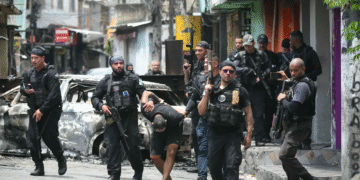

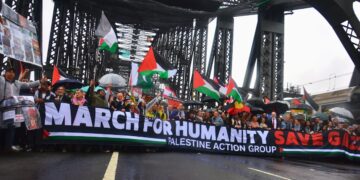



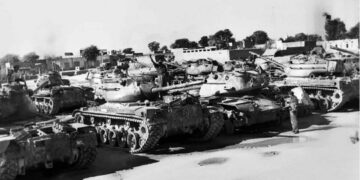





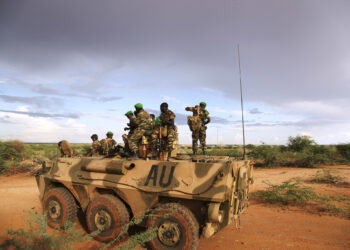


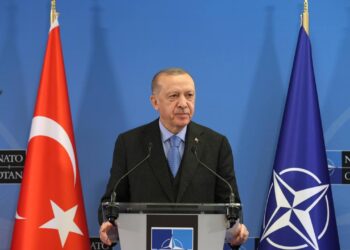
















Comments 2